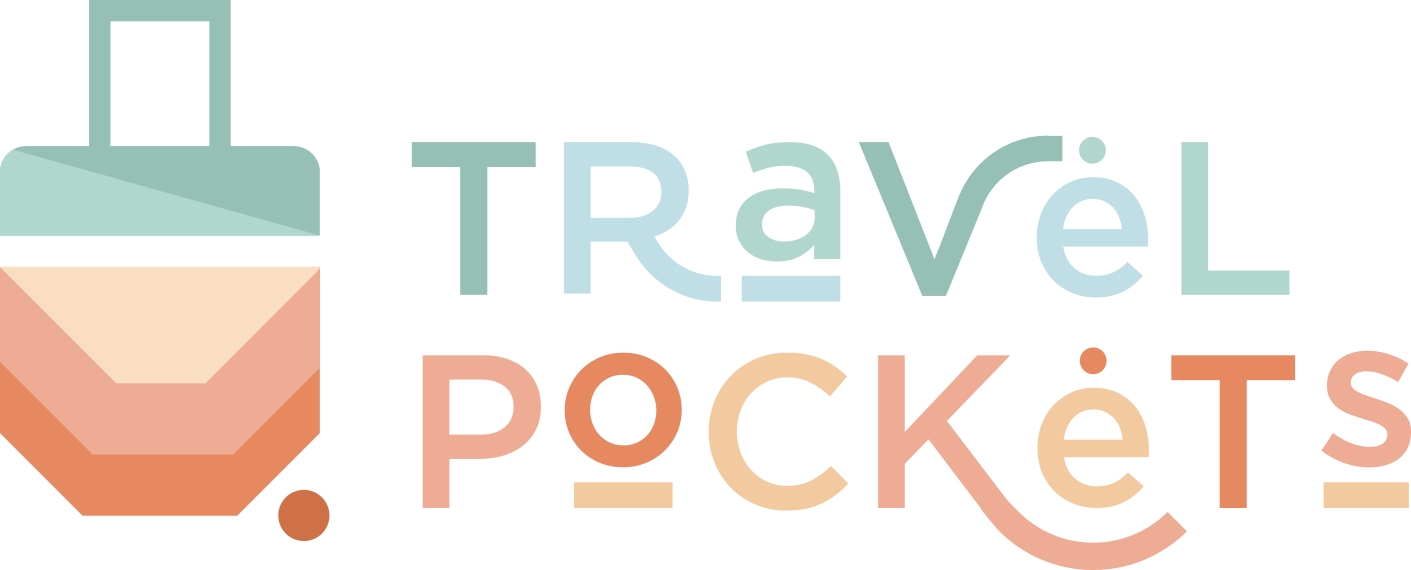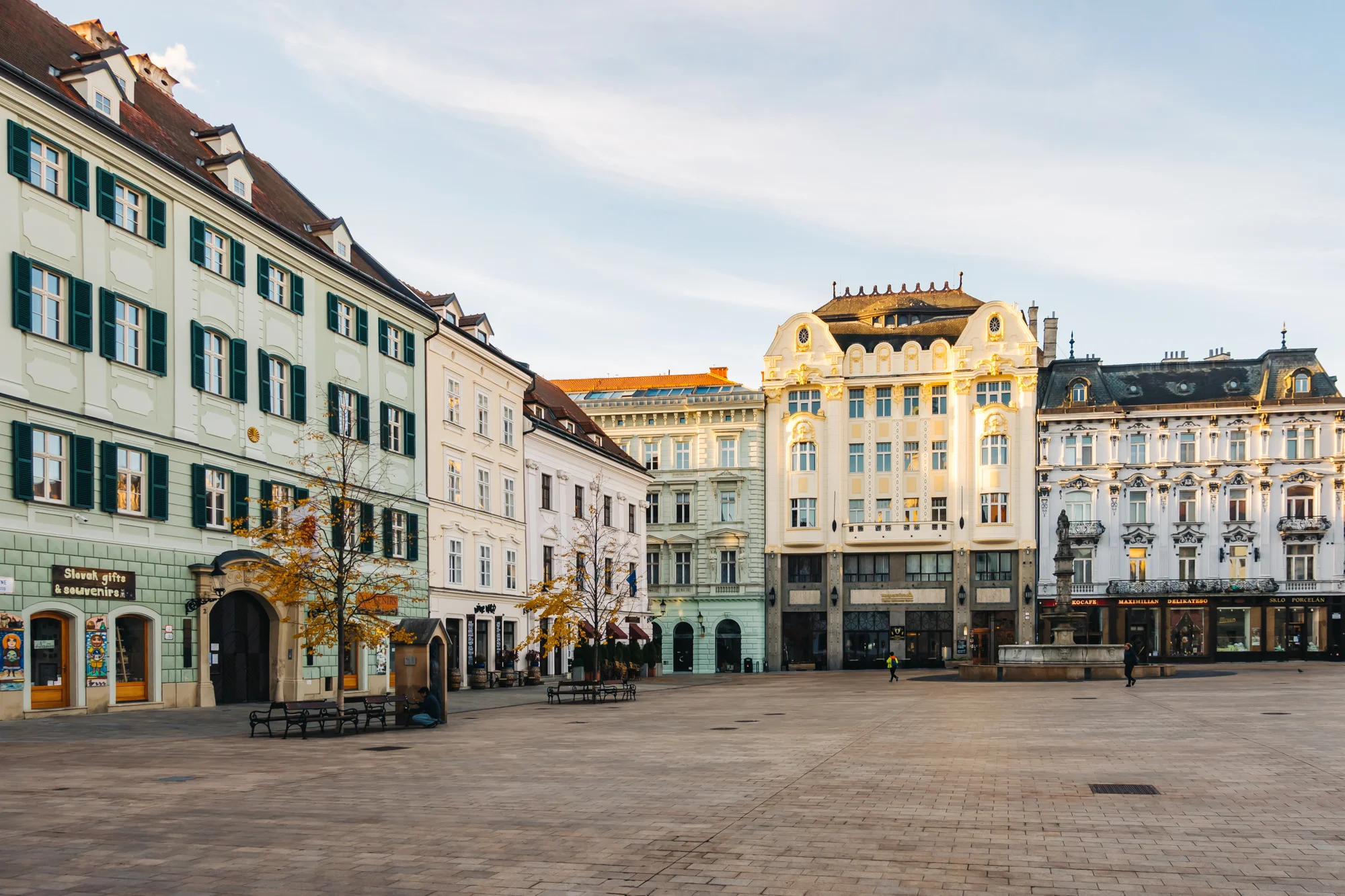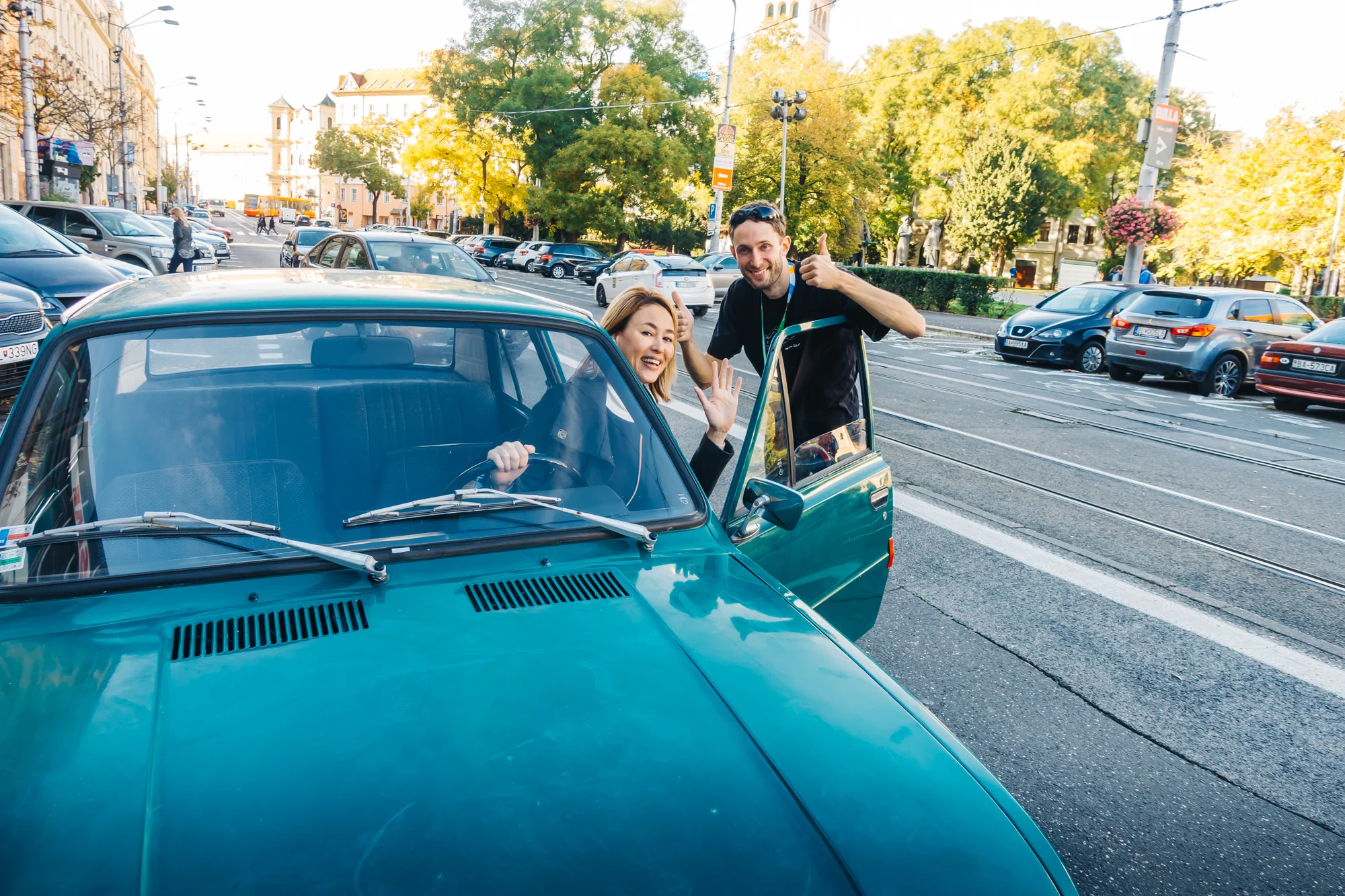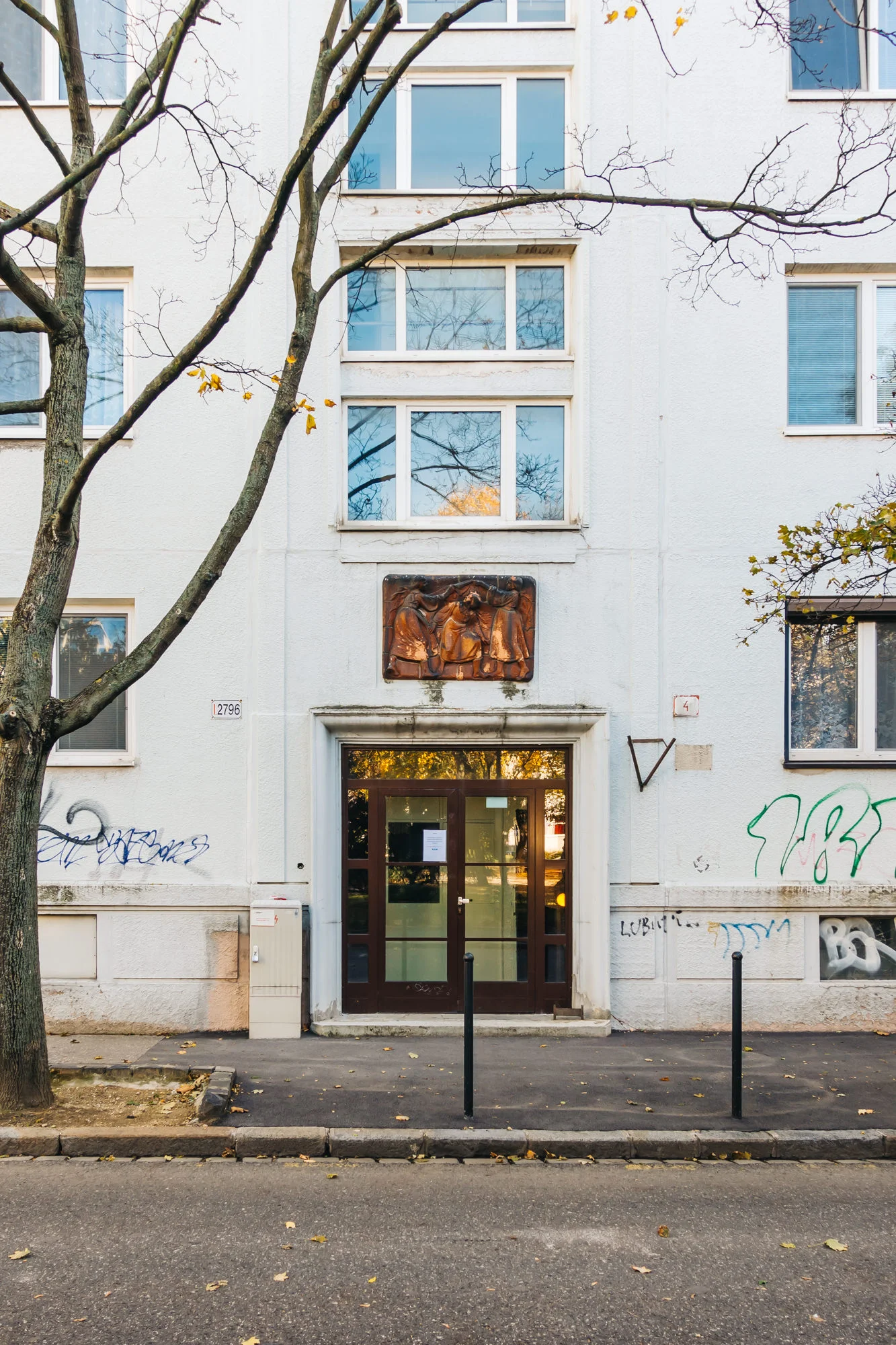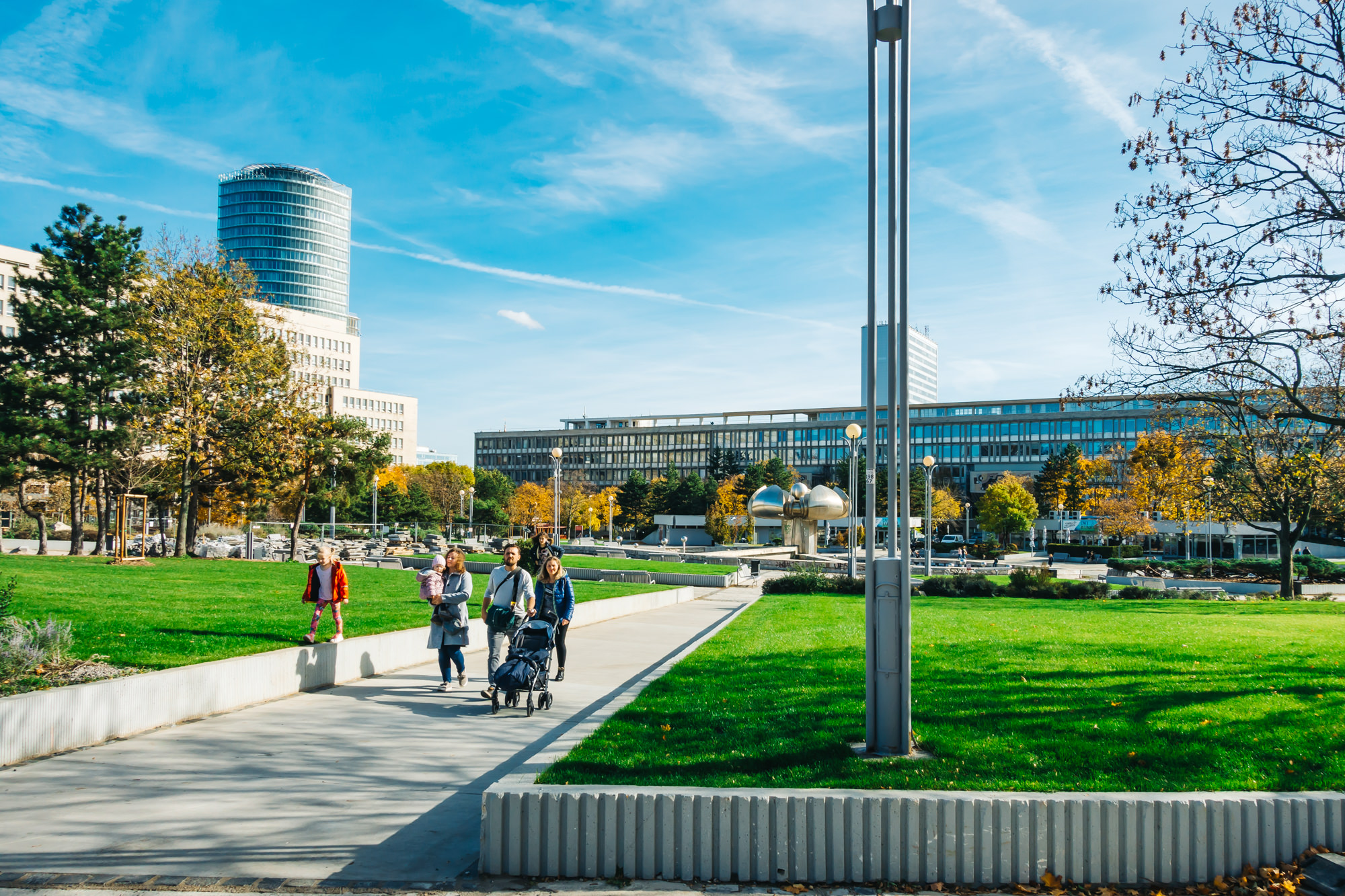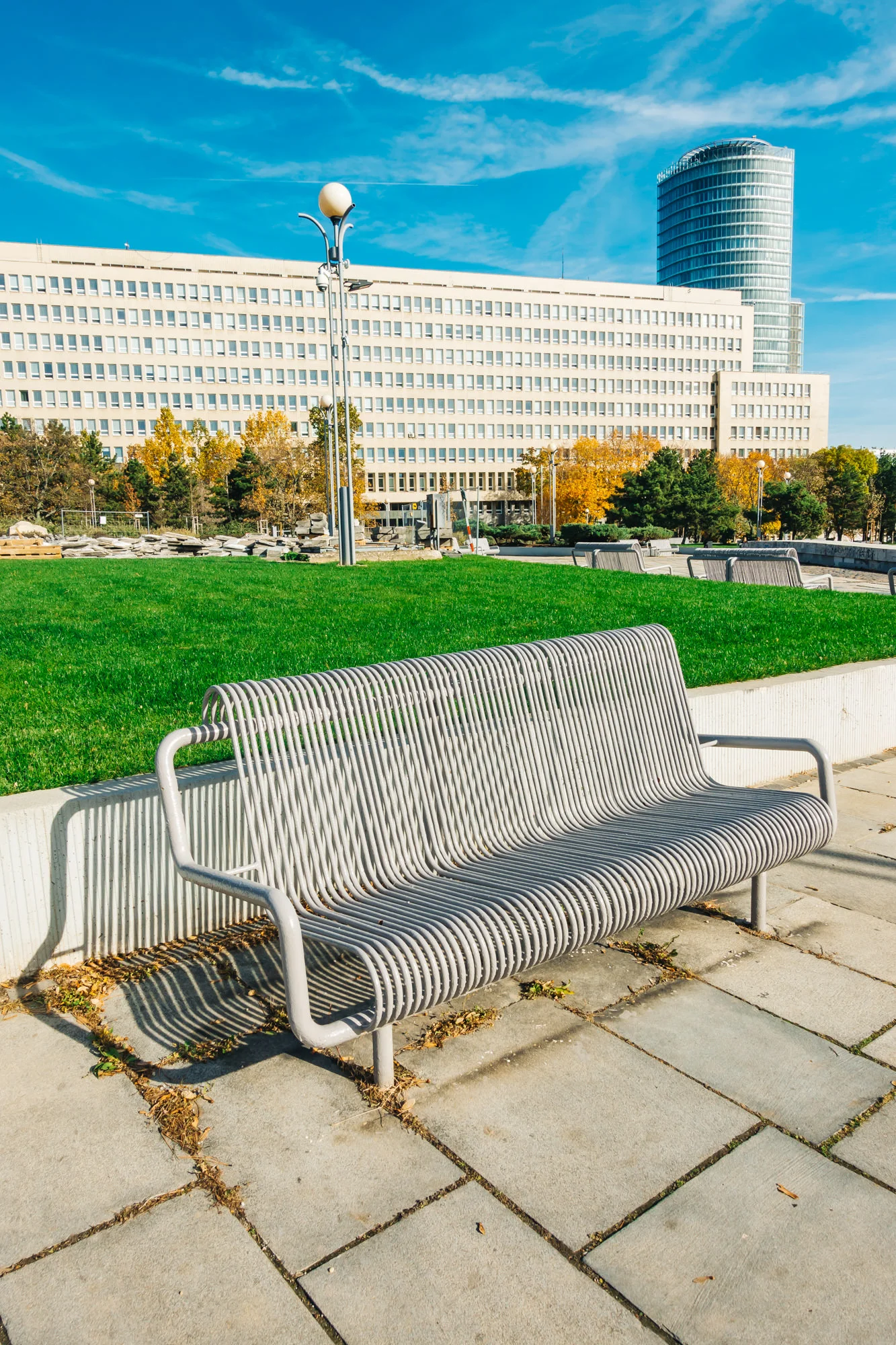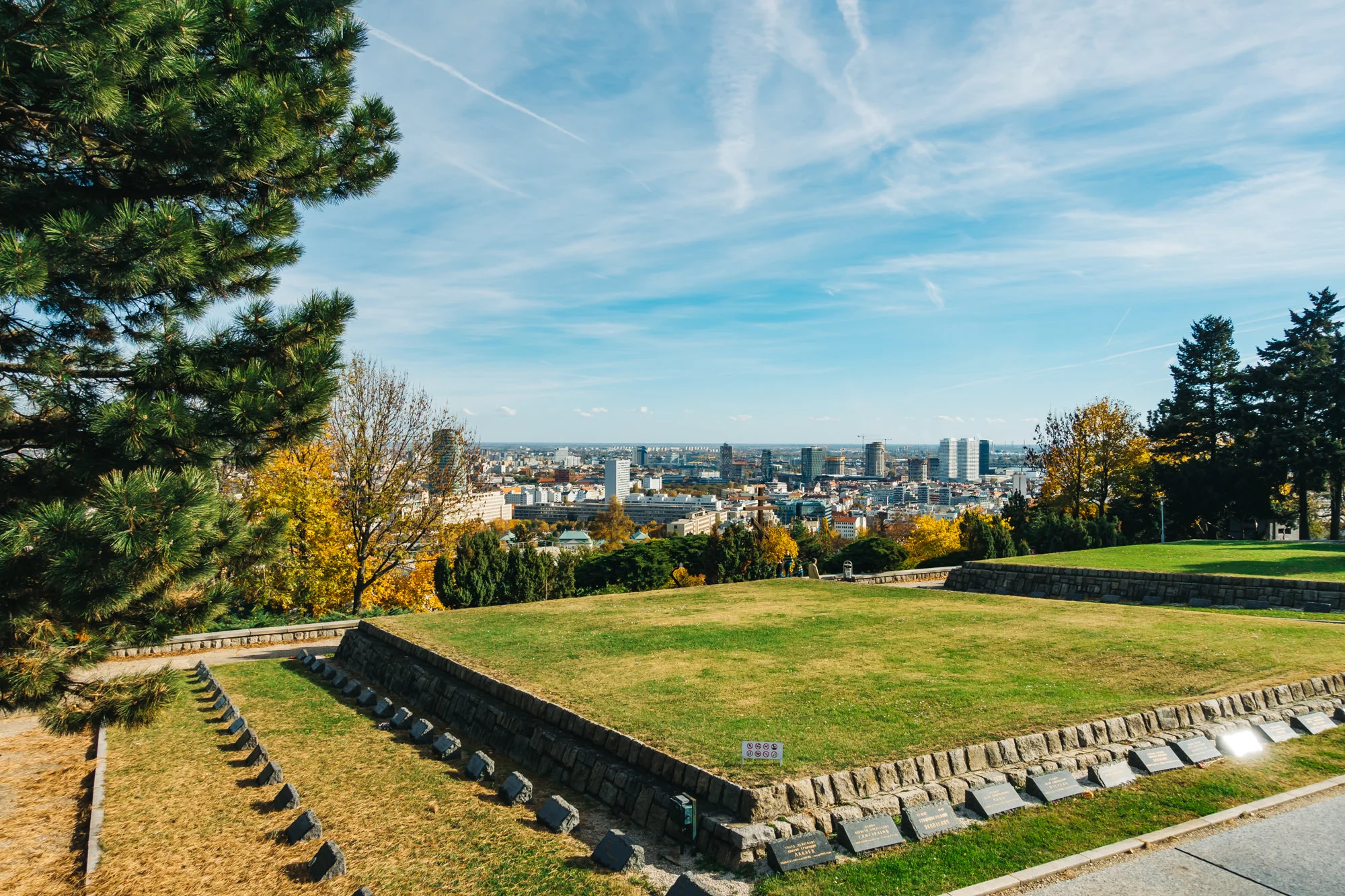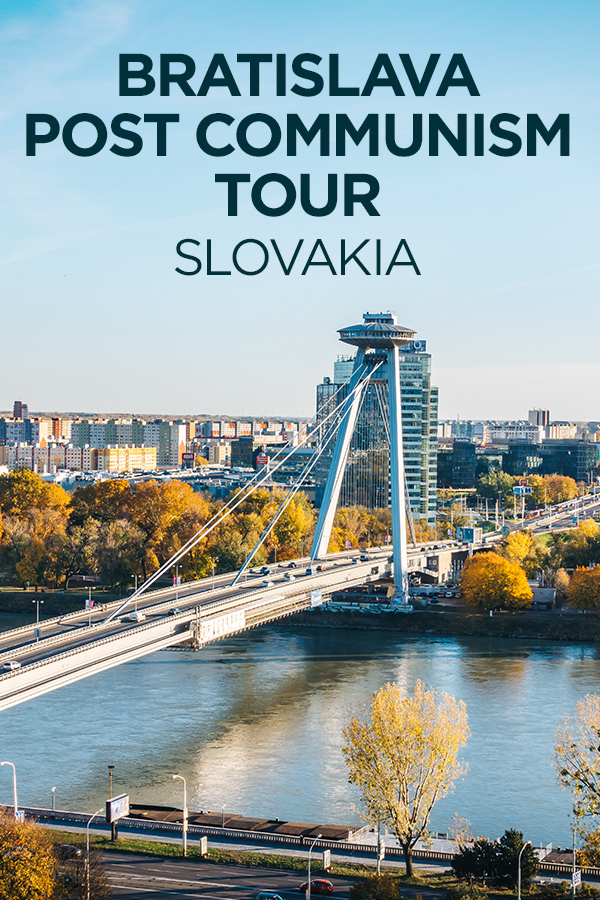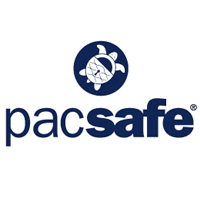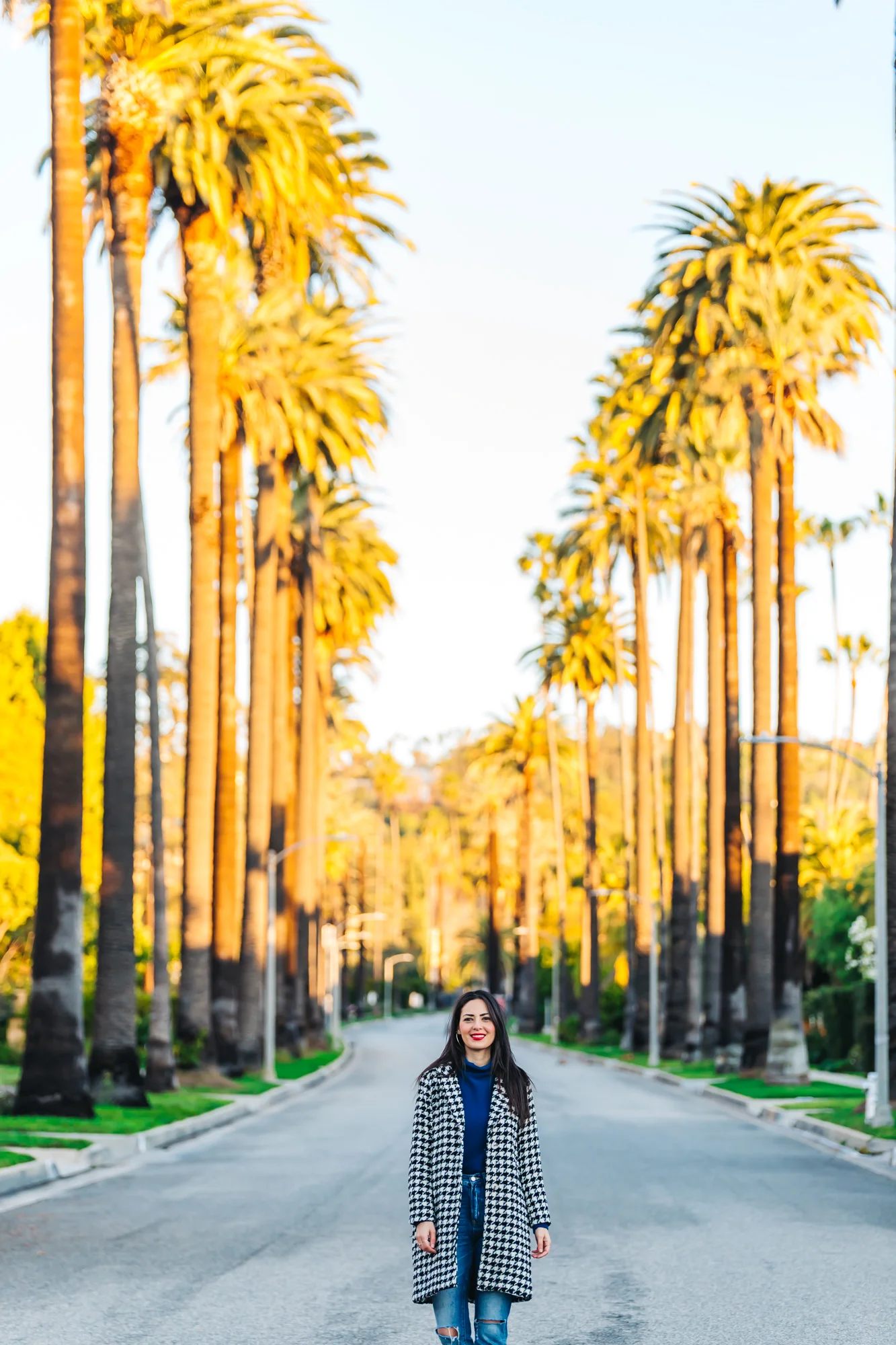Post Communist Tour of Bratislava with Authentic Slovakia
/"This post contains affiliate links, which means that at no additional cost to you if you click on one of the product links, we may earn a commission."
When people visit Bratislava, they usually just pass through and stop by Old Town. They only spend a few hours walking around the cute little town, maybe check out the castle and then head out. I definitely wanted to explore Old Town when I was visiting Bratislava but also wanted to do something a little different. With a little bit of research, I came upon the Post Communism Tour Of Bratislava with Authentic Slovakia and was instantly intrigued. I thought it would be a great way to learn a little more about this city and country that I didn’t know much about.
Old Town, Bratislava
I booked a private tour through viator.com and it was $65 for a 2.5-hour tour in one of their vintage cars from the 70s. The private tour would take us through the off-the-beaten-track places of the communist past as well as recent transformations in Bratislava.
I was instructed to meet my guide in front of a shopping mall called Dunaj at 10:30 AM, which was close to Old Town, and a cute vintage Czechoslovak Skoda car pulled up in front of us. Our friendly guide, Marec, approached us and introduced himself and his car, Zelda. He calls his car Zelda because it’s green and in Slovak, “zeleny” means green, hence the name Zelda.
HISTORY OF SLOVAKIA
Marec welcomed us into his car and before he started driving, he gave us a quick history of Slovakia. He told us about the economy and how it has changed rapidly over three decades. Until 1918, Slovakia was part of the Hungarian empire. In 1918, they established a state with the Czechs and it worked pretty well. At the 1948 elections they tried communism, but after 41 years they no longer wanted the communist lifestyle as there was no freedom of speech, a shortage of food and the economy was in a terrible state. In 1989, the Velvet Revolution brought the communist regime to an end.
My tour guide Marec and his vintage car, Zelda
In the 1990s, the Slovaks had to learn everything from scratch and were confused with democracy. Many people lost their jobs because what they originally studied for in school had no meaning in the new system. Marec told us that his father still believes in socialism because he could not adapt. In 2004, Slovakia joined the European Union and things have improved significantly since.
1ST STOP: Panelaks
After the quick 5-minute history of Slovakia, we made our way to the first stop - a panelak built in 1956. Panelaks are prefabricated buildings and it is a building that is manufactured and constructed using prefabrication, like Legos. Marec called them prefab buildings and it consists of factory-made units that are transported and assembled on-site to form the complete building.
Prefab building from 1956
It only took 3 months to build one of these block apartments
In the 1950s, there was an industrialization period and the regime wanted to bring in people from the countryside to the city to work in the factories. They needed to offer them accommodations and had to build them fast. A French architect came up with a system to build blocks like Legos and finished these prefab buildings within 3 months.
Marec told us that one of the residents that lives here, who is 90 years old, actually helped build the building and has been living here ever since! Marec also informed us that he too lives in one of these socialist block apartments and about 50% of Slovakia still live in these prefab buildings.
2ND STOP: Freedom Square
On our way to our second stop, we passed by the Slovak Radio Building (Slovenský Rozhlas). It is quite well-known in Bratislava because it is often named one of the ugliest buildings in the world which is pretty hilarious. It has a very unique shape and it took the architects 16 years to build, beginning in 1967 and completed in 1983. It is still used as a radio station and includes an outstanding concert hall and a well-equipped recording studio. This video gives a tour of the building and it actually looks impressive.
Marec driving us around in his vintage Skoda
One of the world’s ugliest buildings
Freedom Square is a monumental square with a large green space and the biggest fountain in Bratislava. The fountain and the architecture around the square evokes the plain, functional style from the communist era. The big fountain in the middle stopped functioning in 2007 and has been deserted ever since.
Freedom Square
Marec showed us some pictures of the fountain during the communist regime and pointed out that the huge fountain in the middle was purposely built that way so that people couldn’t meet and gather because the regime didn’t want the people to protest somewhere in the center.
The square used to be called Gottwald Square in honor of the first Czechoslovak communist president, Klement Gottwald. There used to be a Gottwald statue, but it was torn down in the 1990s. Some art students took these pieces of the torn down statue and used it in their art pieces. I would have loved to see their work.
Gigantic fountain in the middle of Freedom Park that no longer functions
Functional Communist benches
Pictures of Freedom Park in it’s prime days
The square isn’t used for much these days, but they are slowly rebuilding it to make it a more pleasant place to enjoy. I really liked the retro looking benches in the square that were typical from the communist era that were designed to be practical.
3RD STOP: Slavin
Slavín is a memorial monument and military cemetery situated on top of Slavin hill. It is dedicated to the Soviet Army soldiers who fell during World War II to liberate the city. It is also a burial ground to thousands of Soviet soldiers. There are 6,845 soldiers buried in the cemetery.
Slavin - memorial for Soviet Army soldiers
Slovak treats from Malec
Before we climbed up the stairs to the memorial, Marec gave us some Slovak treats - Kofola and Horalky. Kofola originated in Czech Republic in 1959 and during the 1960s and 1970s Kofola became exceedingly popular during the communist days since it was substituted for Western cola-based drinks like Coca-Cola and Pepsi. Even today, Kofola is a popular option in restaurants since the other cola drinks are more expensive. Horalky is a Slovak wafer bar with peanut filling and cocoa coating and is the bestselling wafer of all time in Czech Republic and Slovakia since 1953. Both were a little too sweet for my taste but it was interesting to try these treats from Marec’s childhood.
Mass graves where 6,845 Soviet soldiers are buried
As we climbed up the stairs, we started to see a large, tall statue in the distance. It is a statue of a Soviet soldier holding up a flag in his right hand and crushing the Nazi swastika with his left boot. We walked around the memorial and the mass graves and admired the beautiful view overlooking the city.
4TH STOP: Iron Curtain Relics and Bunkers
Our next stop was into the countryside on the border of Slovakia and Austria where the Iron Curtain used to exist. The Iron Curtain was the name for the physical boundary dividing Europe into two separate areas from 1945 to 1991. On the east side of the Iron Curtain were the countries that were connected to or influenced by the Soviet Union, while on the west side were the countries that were allied to the United States or nominally neutral. Slovakia, then part of the CSSR (Czechoslovak Socialist Republic), was on the east side and Austria was on the west side.
Old bunker at the Iron Curtain border
Marec showing us pictures from the past
“Pozor!” means “Warning!”
Nowadays, you can cross these borders freely without any guards but 30 years ago, you would need special permission to cross the borders and if you tried to escape, you would get shot and killed.
Many citizens of Slovakia died during this time trying to escape but many soldiers also died from landmines, electric fence malfunctions and suicides. They couldn’t bear the fact that they had to shoot their own people so they shot themselves instead.
Driving along the trail of what was once the Iron Curtain. Austria is on the left side and Slovakia is on the right side.
Slovaks were also denied travel back then, so Marec’s mother traveled for the first time when she turned 50 years old. Marec created a 15-page manual for her to explain how to navigate the airport since she had never traveled on an airplane before.
This was definitely a reminder to be thankful for the freedom that we now have.
FINAL STOPS: Marec’s Current Neighborhood and Childhood Neighborhood
Marec told us additional stories from the past and his personal experiences from his childhood and current lifestyle. We drove by his neighborhood in Petrzalka where there were tons of prefab buildings. He lives in one of these apartments and said the walls are super thin but for the most part, he likes living in the area. We also stopped by his old apartment he grew up in when he was a child and showed us the playground he used to enjoy which were just large concrete culverts left over from construction. Again, this reminded me of how thankful we should be for all that we have.
Petrzalka prefab building where Marec lives
Marec’s childhood playground
As we made our way back to Old Town, we drove over Most SNP or more commonly known as the UFO bridge. This bridge is an icon in Bratislava and was built in the late 1960s and early '70s at the height of Communism in Slovakia. It is the world's longest bridge to have one pylon and one cable-stayed plane.
Bratislava UFO Bridge
I miss my awesome tour guide, Marec!
We had such a great time on our tour and learned so much about Slovakia’s fascinating history. Marec was wonderful and it felt like he was more of a friend than a tour guide driving us around his beloved city. We learned that there is so much more to Bratislava than just Old Town and I highly recommend taking this tour!
